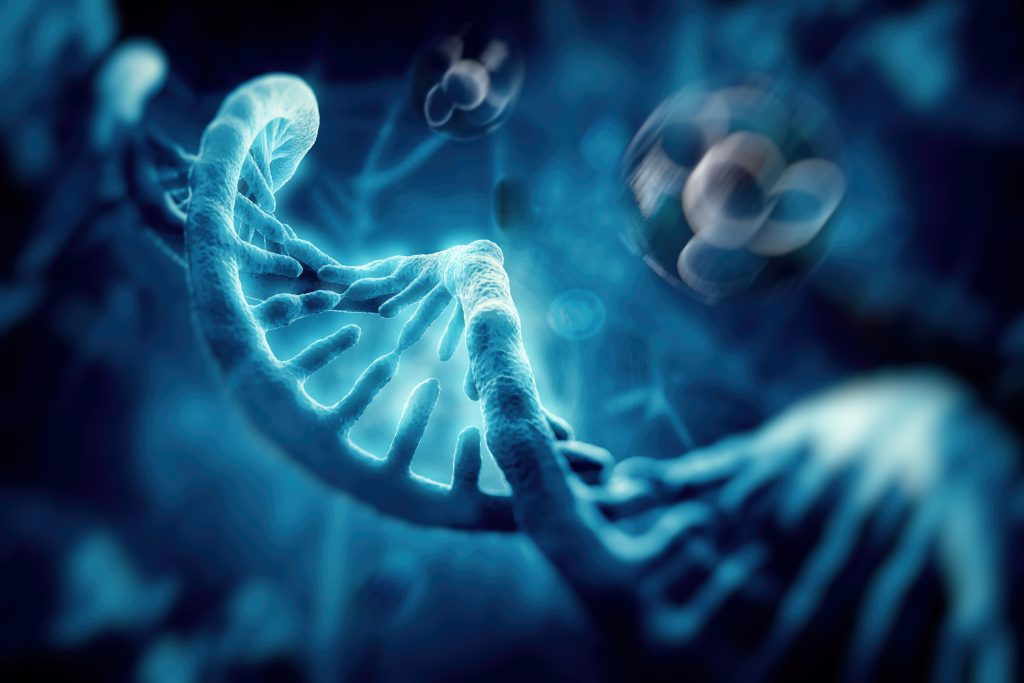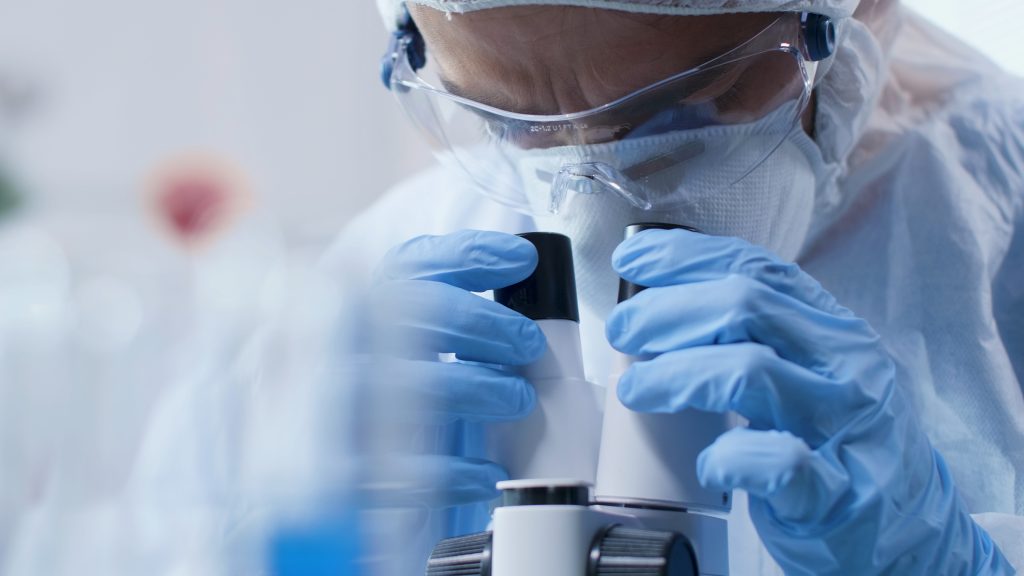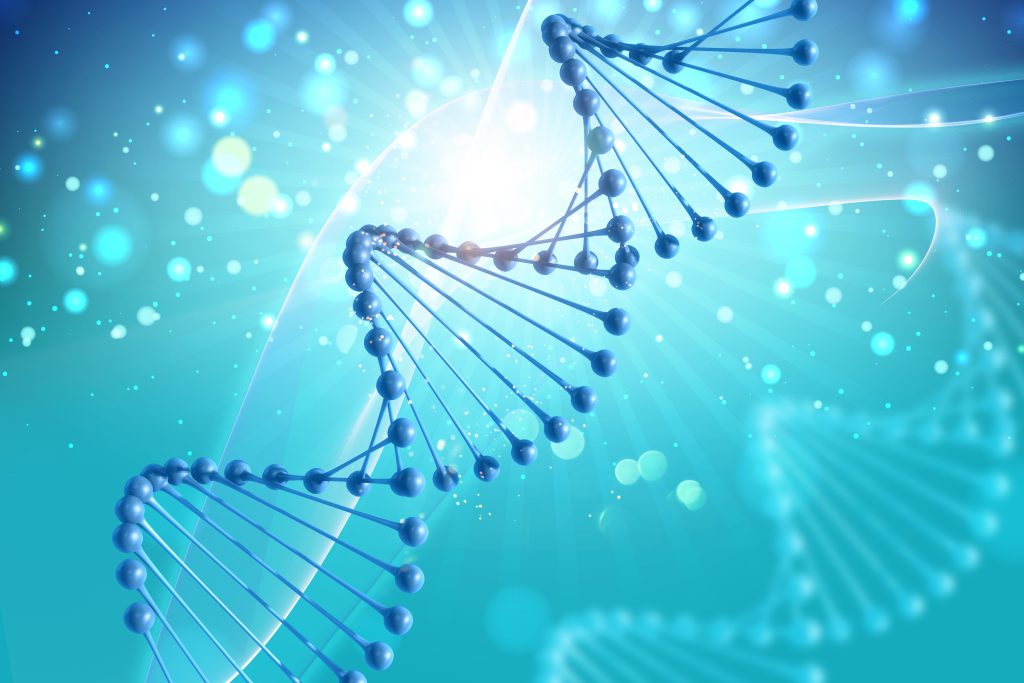Contact DNA technology is one of the most commonly used methods in forensic science, especially in recent years. It uses advanced and highly sensitive analytical techniques, providing experts with a meticulous process. This helps prevent false positives.

Advantages of Touch DNA
Touch DNA technology enables analysis of trace amounts of DNA, even in emergency situations. Samples can be small, biodegradable, and even stored for long periods. Touch DNA technology generates DNA profiles from these samples. STR (short tandem repeat) typing using the analyzed Touch DNA allows for easy and cost-effective comparison of DNA profiles from different samples.

Limitations of Touch DNA Analysis
Analytical methods involving contact with DNA samples involve sensitive procedures. Therefore, even when experts wear appropriate personal protective equipment (PPE) during DNA analysis, there is still a risk of contamination. This risk can lead to erroneous results from analyzing samples. Having sensitive analytical and detection methods is crucial in crime scene investigations. Preliminary research involving experts is essential. It is recommended to collect DNA samples for comparison from all forensic experts involved in the case, including even those who had the suspect's last contact. These samples can be used to exclude these individuals and identify the suspect from the remaining records. This is easily detectable.
Experts may find foreign DNA in the samples they analyze. For example, files of suspicious men who came into contact with DNA samples could also be obtained from evidence from female victims. Alternatively, if male DNA does not match that of a suspected suspect, investigators should reconsider its relevance to the case. Surprisingly, if the prime suspect is a foreign individual, the foreign individual may be the real perpetrator and innocent.

How were Touch DNA samples contaminated?
Contamination can occur for a variety of reasons. For example, it can be transferred accidentally by crime scene personnel, first responders, laboratory staff, or crime scene equipment such as fingerprint dust brushes. These are possibilities that law enforcement should consider and address to advance the investigation.

Touch DNA technology has potential uses in criminal investigations. However, the following limitations of Touch DNA technology should be considered when submitting it to court.
1. Contaminants on the target surface may cause Touch DNA contamination.
2. Transfer of DNA to a target surface; potentially due to secondary and further transfer that can only be determined through extensive crime scene investigations and case studies.
3. Deciphering the Touch DNA mix may be difficult. More evidence of the events may be needed.
4. The financial limitations of touch DNA analysis technology should also be considered. In the reviewing institution, there may not be enough budget to conduct more than one analysis.
5. The spectra obtained through Touch DNA sample analysis may not have enough sites to compare with spectra in the CODIS database.
在 Touch DNA 分析過程中必須遵守一些規則。可以設置這些規則以更好地控制和預防污染。許多刑事案件可以通過觸摸 DNA 分析解決。
待續…….







